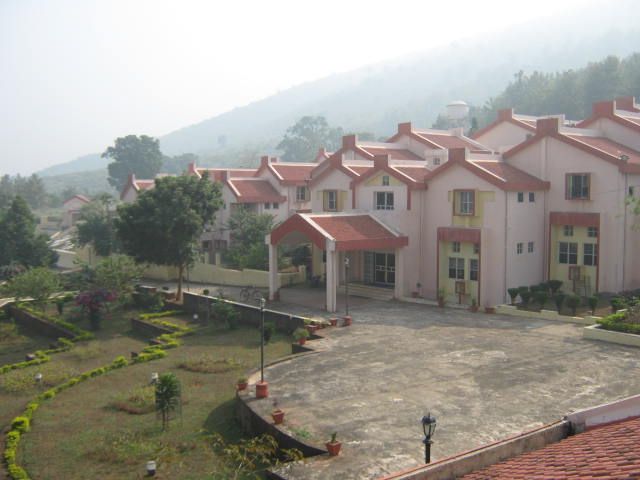How To Verify Fake News: IIMC Professor Sambit Pal’s Guideline For Journalists

In this day and age, fake news spreads like wild fire. The moment a post is received in WhatsApp, or seen on Facebook, Twitter, Instagram or any other social media platform, the tendency is to cast a quick glance and immediately forward it to other groups, share it or retweet it — without caring to think whether it’s genuine or not.
Those in the media are also bombarded by all kinds of inputs throughout the day. How does one go about separating the real ones from the bogus ones?
Assistant Professor, IIMC Dhenkanal, Sambit Pal has curated a guideline for journalists on ‘How to verify fake news’.
Classifying fake news as misinformation, disinformation and mal-information, Pal talks of an ‘information disorder’ and says that they can come in different forms like satire, false connection, misrepresentation of facts, imposter content, manipulated content, fabricated content, even memes.
So what should a journalist do in dealing with fake news?
“Verify, verify and verify. Verification is the only mantra and it differentiates journalism from entertainment. They need to apply both traditional verification methods and online verification tools,” says Pal, who is also a trainer with Google News Initiative India Training Network.
Traditional verification method essentially means going to the primary source of information and verifying it, explains Pal. It can be meeting/calling up the person/organization concerned, emailing them to get a reaction/response, reading the original document, etc. And then cross checking it with at least one more source.
To keep pace with competitors in this age of ‘breaking news’, one needs to be fast. However, he adds that people may not remember who broke the story first, but they will remember who broke the wrong story.
The paper, published by Press Club Kolkata in association with IIMC Dhenkanal, stresses that online content should always be verified and should never be shared or reported without being 100 per cent sure of its authenticity.

The starting point for verification of online content is never to take it on its face value even if it comes from the most reliable source or person or from any User Generated Content.
Pal suggests asking the following questions whenever one gets a piece of information online:
- Am I looking at an original piece of content?
- Who created the content?
- When was the content created?
- When was the image/video captured?
- Why is this piece of content being shared?
- Why should I share it or do a story on it?
To verify an image/photo, Pal recommends a Reverse Image Search in Google or any search engine, as it will tell the user if the image has been used earlier.
It can be verified from the date how old the image is and if it has been used in some other context or not. If the image has been debunked as fake and the fact-checkers have reported it, those stories will also come up, explains Pal.
About the reliability of a website, one has to check the website’s name and URL carefully, then go to the ‘About Us’ section to find out who they are and what kind of stories they produce.
That will give a fair idea about the character of the website, says Pal.

Comments are closed.